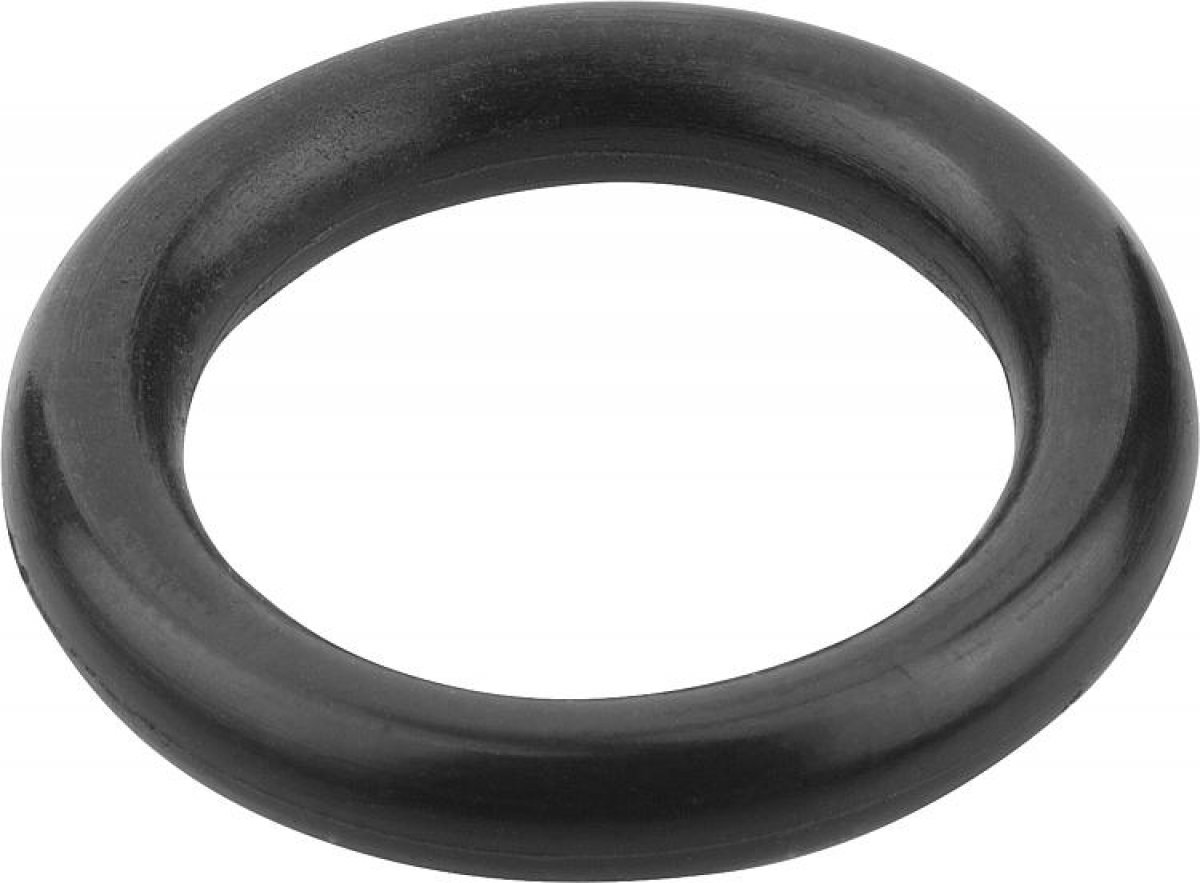O-rings are universal sealing elements used to seal against liquid or gaseous median.
The sealing occurs during installation by the radial or axial compression of the cross-section. During operation, the median pressure increases the deformation of the O-ring and so increases the sealing effectiveness. For best sealing effectiveness, the O-ring should have the largest possible cross-section.
During installation the correct groove size, compaction, elongation/compression should be ensured.
Material:
Elastomer NBR.
Version:
Shore ~70, black.
By static use the compaction should be 15 - 30% of the cross-section. By dynamic use it should be 10 - 18% (hydraulic), 4 - 12% (pneumatic).
With regard to the ID, when installed the O-ring should be
stretched max 6%
compressed max 3%
The material NBR has a high wear resistance and is resistant to mineral oil based lubricating oils and grease, hydraulic oils (H, H-L, H-LP), high-flashpoint pressure fluids (HFA, HFB, HFC), aliphatic hydrocarbons, silicon oil and grease, water up to ca. 80° C
Temperature range:
-30 °C to +100 °C
They are suitable for static and minor dynamic applications.
